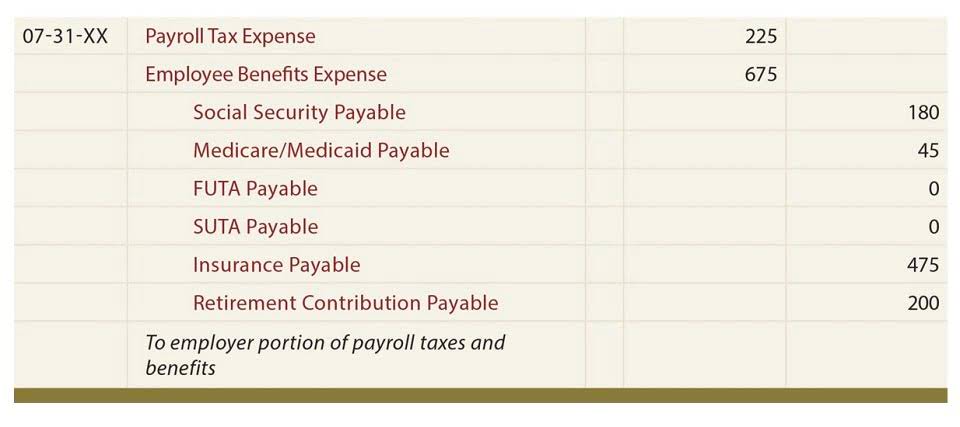How To Calculate Net Sales: A Guide To Understanding The Net Sales Formula and Calculation
If your competitors have higher numbers than you, you should jump back into the competition by applying marketing strategies and enhancing your customer satisfaction. Tracking your net sales will help you stop these scenarios before they start and improve your company’s profitability. Gross sales show the number of sales and accordingly reflect the company’s performance — but they don’t reveal how well the company can convert these sales to profit. Below are the common size statements for the income statement, which was reported to the bank for loan approval.
Optimize your cost structure
A fictional clothing company, ABC Ltd., sold $49,800 worth of merchandise in Q4 (gross sales). But since it was during the festive season, they offered discounts worth $1,200 (sales discounts). Some customers didn’t like the products they got and requested a refund. Net sales represent the total revenue generated from the sale of goods or services, minus any deductions such as returns, allowances, and discounts. It’s the amount of money a company actually keeps from its sales after accounting for these reductions. For companies using accrual accounting, they are booked when a transaction takes place.
For a car company, they may have allowances for a questionable part that has the potential of being recalled. It basically allows the company to preemptively account for defective merchandise. Alternatively, a car manufacturer could choose not to make low quality products in the first place. If a business has any returns, allowances, or discounts, then adjustments are made to identify and report net sales. Most small businesses report gross sales, then net sales and sales cost in the direct costs portion of the income statement.
- Accurate net revenue calculation is essential for financial reporting, pricing strategies, and profitability analysis.
- In the intricate world of business finance, understanding how to …
- Regularly analyzing these insights helps you nip these problems in the bud.
- On the other hand, when the number is satisfying, you can focus on expanding your business while keeping your pricing strategies as they are.
- Unlike sales returns, allowances mean the buyer gets to keep the product, not the seller.
- Mastering net sales calculation is crucial for businesses to accurately assess their financial performance.
Make well-informed decisions on pricing strategies
With a strong background in SEO and growth strategy, Raz has a knack for driving impressive user growth and scaling website traffic. He has a proven track record in content production and SEO management, using both manual and automated processes. As a father of two, he balances family life with his professional life, long walks and the thrill of fast drives in manual transmission sports cars. However, you’ll need to have sufficient justification to do so or your customers may take their business elsewhere. Net Income is also used for comparing performance over the years and serves to show the growth trend for a company. Small businesses can either hold net income in retained earnings or distributed as dividend among the equity shareholders.
Net sales and net income (aka net profit) are two vital financial metrics you can find on a company’s income statement. It provides adequate information to help investors and readers know how profitable a business is. Thus, a mere increase in your gross sales alone won’t give you an accurate account of your business’s financial health.
Common Media Measurement Mistakes To Avoid At All Costs
Sellers don’t account for a discount unless a customer pays early so notations must be retroactive. Some may even love you.Not a bad place to be—especially if you’re tracking your customer journey or watching for shifts in customer experience. Stay ahead with the latest in sales comp, revenue trends, insider tips, and must-know strategies—delivered right to your inbox. Efficient teams generate more revenue without proportionally increasing spend.
- A healthy income statement will help you make proper financial decisions, whether you run a brick-and-mortar or an eCommerce store.
- If you’re good at math and have all the required information readily available, you can calculate your net sales in a few minutes.
- These companies allow a buyer to return an item within a certain number of days for a full refund.
- For instance, if a business generates ₹50 lakh in gross revenue but retains only ₹30 lakh after deductions, it may need to adjust its pricing strategy or improve product quality.
With the cash accounting method, gross sales are only the sales which you have received payment. If you your company uses the accrual accounting method, gross sales include all your cash and credit sales. Measuring a company’s net sales performance involves analyzing the revenue generated from the sale of goods or services after deducting returns, discounts, and allowances. Sales Returns and Allowances can significantly impact a company’s financial statements.
They’re a famous marketing strategy that the entire world lives by. For instance, on the Friday after Thanksgiving, also known as Black Friday, multiple businesses around the globe offer discounted prices to get more sales. Net sales formula allows firms to get a clear picture of what their actual revenue figures are.
Net sales is one of the most important financial measurements for retail and ecommerce businesses, because it shows how much revenue you’re generating after accounting for certain deductions. Ongoing training ensures reps stay updated on industry trends, products, and market dynamics. Companies committed to consistent training report significantly higher productivity and greater revenue per sales rep compared to those neglecting training.
Why Is Net Revenue Important?
A business might earn $150,000 in sales, but they could end up losing $25,000 of that money due to faulty products or incomplete transactions. To account for this, you can calculate net sales by subtracting returns and allowances from gross profit. Returns, of course, means the value of any products that were returned by customers. Allowances, in this case, are allowances for discounts on products that are sold. This gives a company some wiggle room for special promotions and sales.
I’ve included what the average ROS for each industry is in my experience. Sign up for the Salesblazer Highlights newsletter to get the latest sales news, insights, and best practices selected just for you. In the intricate world of business finance, understanding how to … Learn how to remove duplicates in Salesforce reports using correct report types, filters, and built-in features for accurate data analysis.
Importance of Net Sales in Financial Statements
By accurately tracking net revenue, you can identify revenue leakages, optimise pricing strategies, and net sales calculation improve financial decision-making. Gross sales is the total unadjusted income your business earned during a set time period. This figure includes all cash, credit card, debit card and trade credit sales before deducting sales discounts and the amounts for merchandise discounts and allowances.
A sharp snapshot of your customer satisfaction, loyalty, and long-term customer retention potential – all in one number. CSO Insights states organizations using mature sales enablement practices achieve approximately 32% higher quota attainment. Learn new skills, connect with peers, and grow your career with thousands of sales professionals from around the world. Additionally, the information will enable you to discover your target audience and how to adjust your prices to meet their needs.
Foreign Currency Transactions
Companies that align their compensation clearly with sales quotas report around 15% higher quota attainment rates. Organizations that track sales metrics weekly or monthly achieve approximately 25% higher conversion rates compared to those tracking less frequently. This basic method focuses on your business, making sure you always turn a profit by adding a margin on top of your various expenses. This may work in a vacuum, but it leaves you vulnerable to competitors with more sophisticated price structures. Hotels’ ROS is affected by location, brand, and operational costs, such as staffing, utilities, and maintenance.
In this case, every customer receives the rebate, whether or not they were even aware it was being offered. Learn how to create an effective sales commission structure that motivates your team and boosts revenue with our step-by-step guide. Both terms refer to the same amount of money, and you can use them interchangeably without an issue. Therefore, the firm needs to record 63,04,800.00 as Net Revenue in its income statement and report it to the bank. We can now calculate other figures per percentage of revenue as given in the question. He noted that 3,700 units of software were sold at the rate of 2,000 per piece.




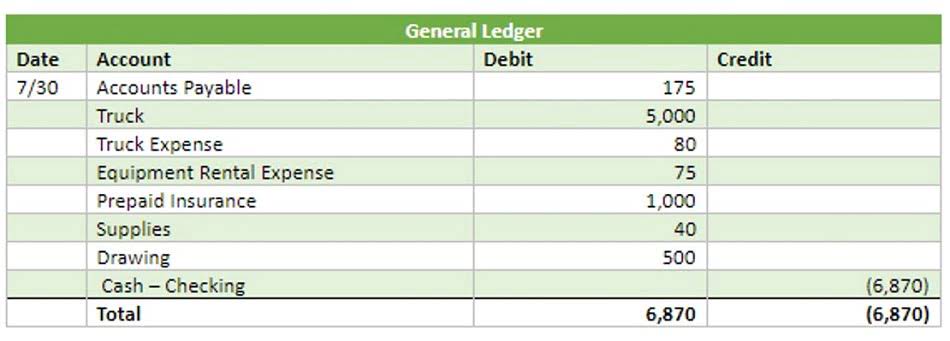



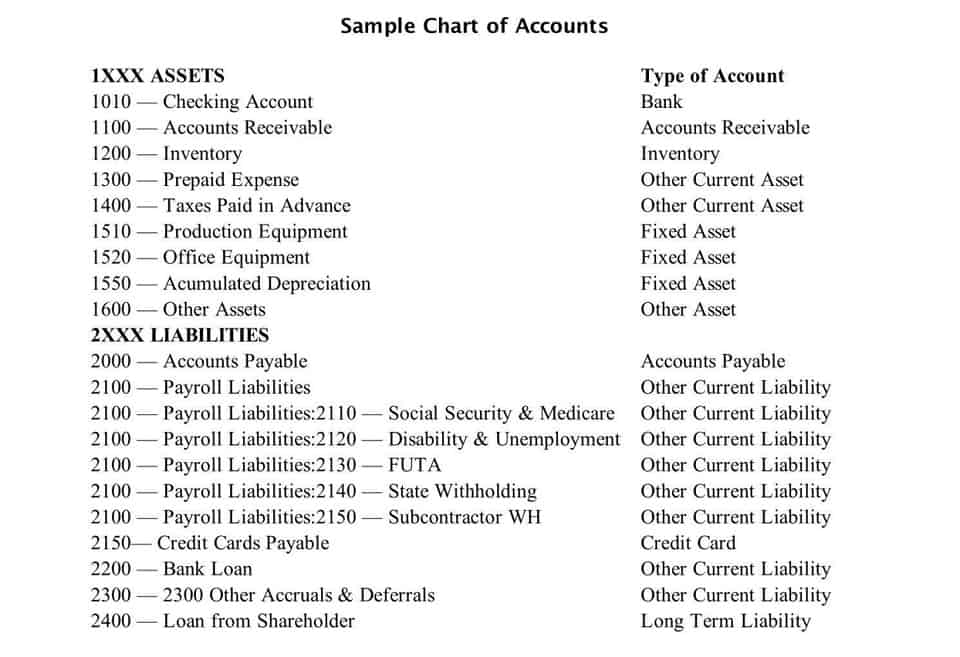




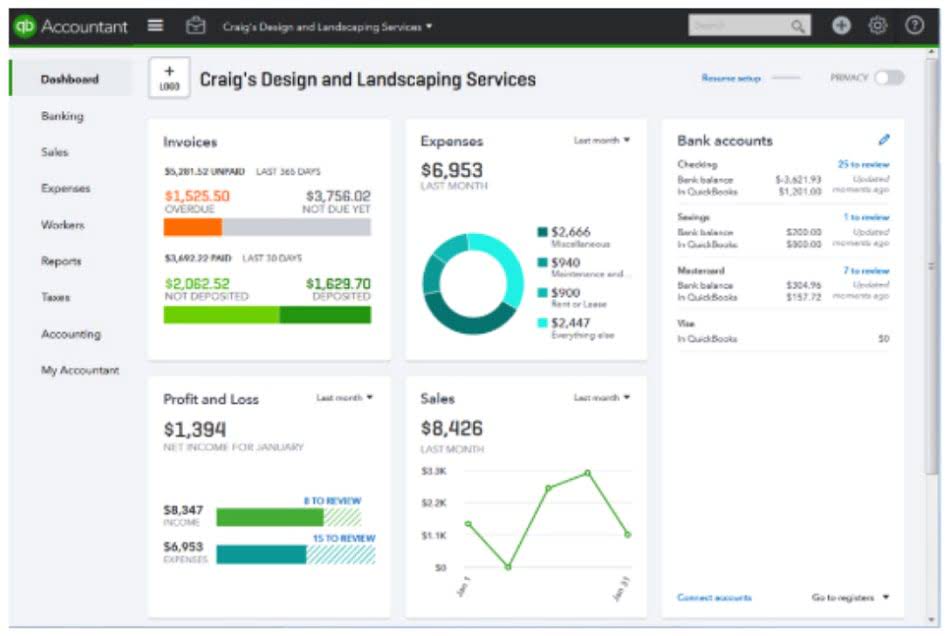




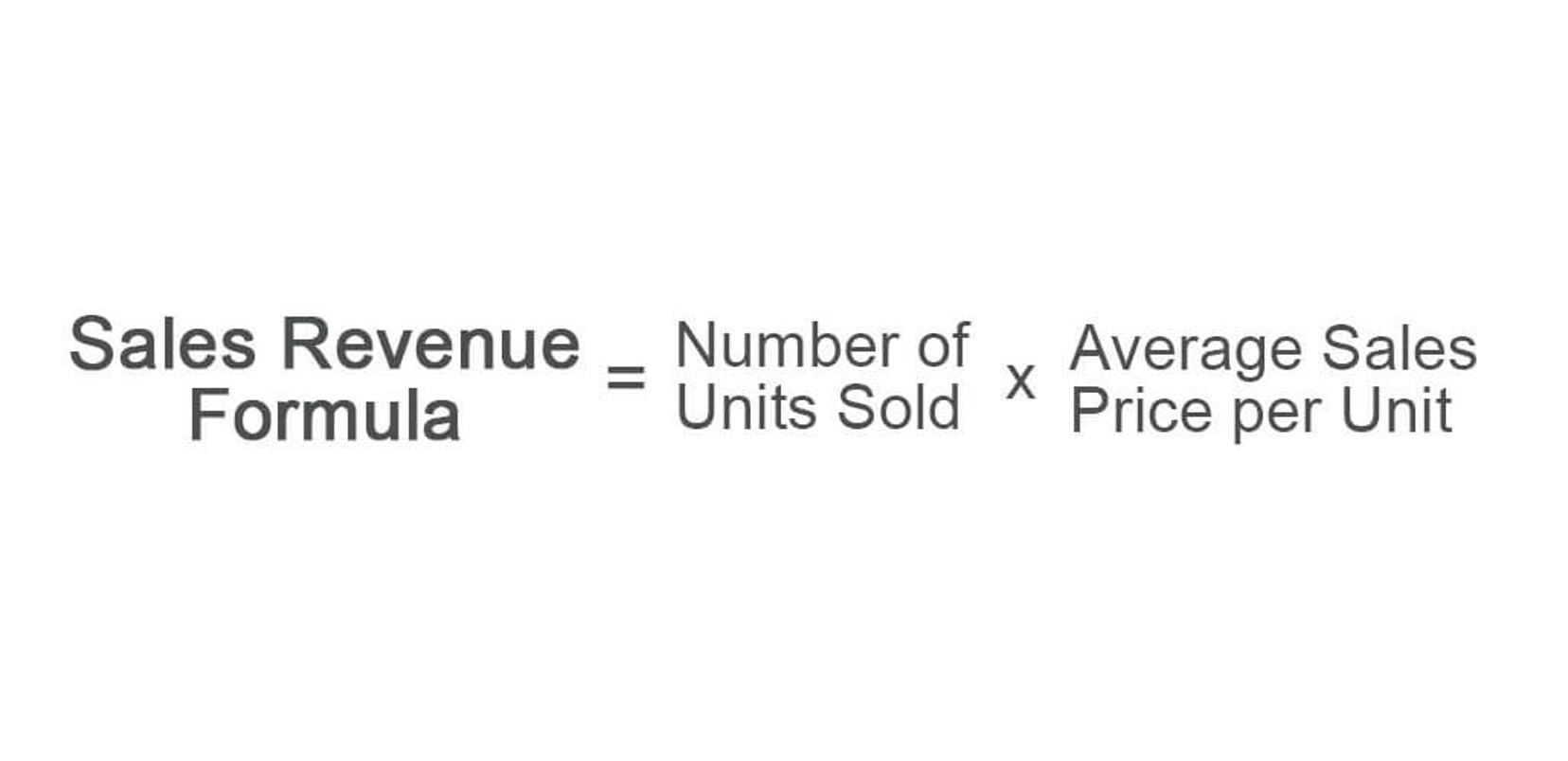

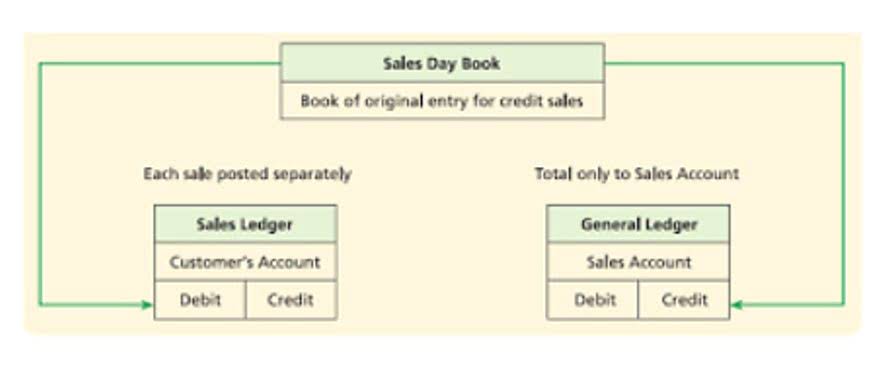
 Date: May 3-4, 2025
Date: May 3-4, 2025 Time: 8:30-11:30 AM EST
Time: 8:30-11:30 AM EST Venue: OnlineInstructor: Dheeraj Vaidya, CFA, FRM
Venue: OnlineInstructor: Dheeraj Vaidya, CFA, FRM


